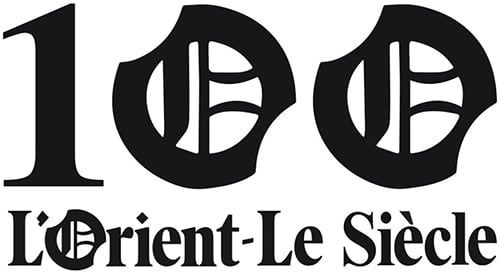ECOnomad ecological campsites are designed for those who are seeking a new way of living away from large towns and cities. Photo DR
From the time of prehistoric cavemen to our modern age there has been an imaginary network linking everyone on the planet, regardless of their differences. It is the roof over their heads, the place that shelters them from inclement weather, that keeps them warm, where they dwell, be this temporarily or permanently.
The question of where and how we live is once again being problematized. Since the Industrial Revolution, decades of migration from country to city have created an economic imbalance and deepened the ecological crisis.
Cities keep growing, megalopolises acquire the contours of city-states, while at the same time the rural countryside is being emptied.
A transformation that was set in motion by globalization is now meeting growing resistance from generations who have been raised in the cities, aware that the dominant economic model is at war with life on earth. A growing number of young people are seeking a different way of organizing their lives – one that implies a return to nature and development of the local economy. This trend can also be found in Serbia, a country in south eastern Europe with an abundance of untouched natural habitats.
The ECOnomad project—ecological campsites—is one possible solution. Designed by a team consisting of a young Belgrade architect, Ivo Otašević, and his Swiss partner, Stascha Bader, the concept is a flexible dwelling designed for living closer to nature. It is not intended to be assembled in any one place; it can be erected on any site and in different arrangements.
"The impact on the natural environment is minimal," explains Bader. "This is accomplished in a number of ways: the construction materials are ecological and biodegradable, the structures are temporary in nature, and a self-sustaining system is founded on renewable energy sources."
What the Container Conceals
The inspiration came from Serbian rural architecture, the traditional Serbian outbuilding known as the vajat. A small wooden shed with no windows found in rural farmyards, nowadays vajats are used for storing equipment and fruit. But in days gone by they had a different, more significant use. At a time when people lived in rural collectives, and when several generations shared the same living space, the vajat was the "quarters for the life of a married couple," where newlyweds spent their first night.
Residential containers in the style of the Serbian vajat are formed at the ECOnomad camp. The exterior is decorated with carefully arranged boards, while the interior is lined with high-quality composite wood. Sheep's wool provides a natural insulation and the materials for the furniture and interior storage are also environmentally friendly.
Each container is 6 metres by 3 metres in size, and the completed unit is readily transportable by truck and ship, ready for assembly in a variety of living arrangements.
The layout of the ECOnomad camp foresees a variety of dwellings—a four-bed unit with no plumbing, a two-bed unit with plumbing, a two-bed (double bed) with no plumbing, a two-bed (double bed) with plumbing, and so on. Within the framework of the camp there are plans for a dining area complete with kitchen, toilet and shower facilities and an infirmary.
Electricity is supplied through solar cells on the roofs or from a generator run on bio-diesel. Waste water is collected in special tanks which when full are emptied at designated sites.
The involvement of the local community is of key importance for the creators of the ECOnomad project. "Our goal for these camps is to mobilize the local human and economic potential, promote local development, crafts, trade, services, and supply nearby villages with products and food," says architect Ivo Otašević.
Since these are temporary structures, for which no building permit is required and for which there is no need for extensive documentation, the administrative process is simple. A small initial investment, speedy fabrication and the possibility of use at a variety of sites are what make this project attractive. The scope of investment can easily be scaled through increasing or reducing the capacity of units produced, depending on demand.
Is the nomadic community one of the possible responses to the current ecological crisis? The ECOnomad project hopes so and aims to contribute to the design of a world in which the organization of home and life will be simpler and fairer.
The question of where and how we live is once again being problematized. Since...

commentaires (0)
Commenter